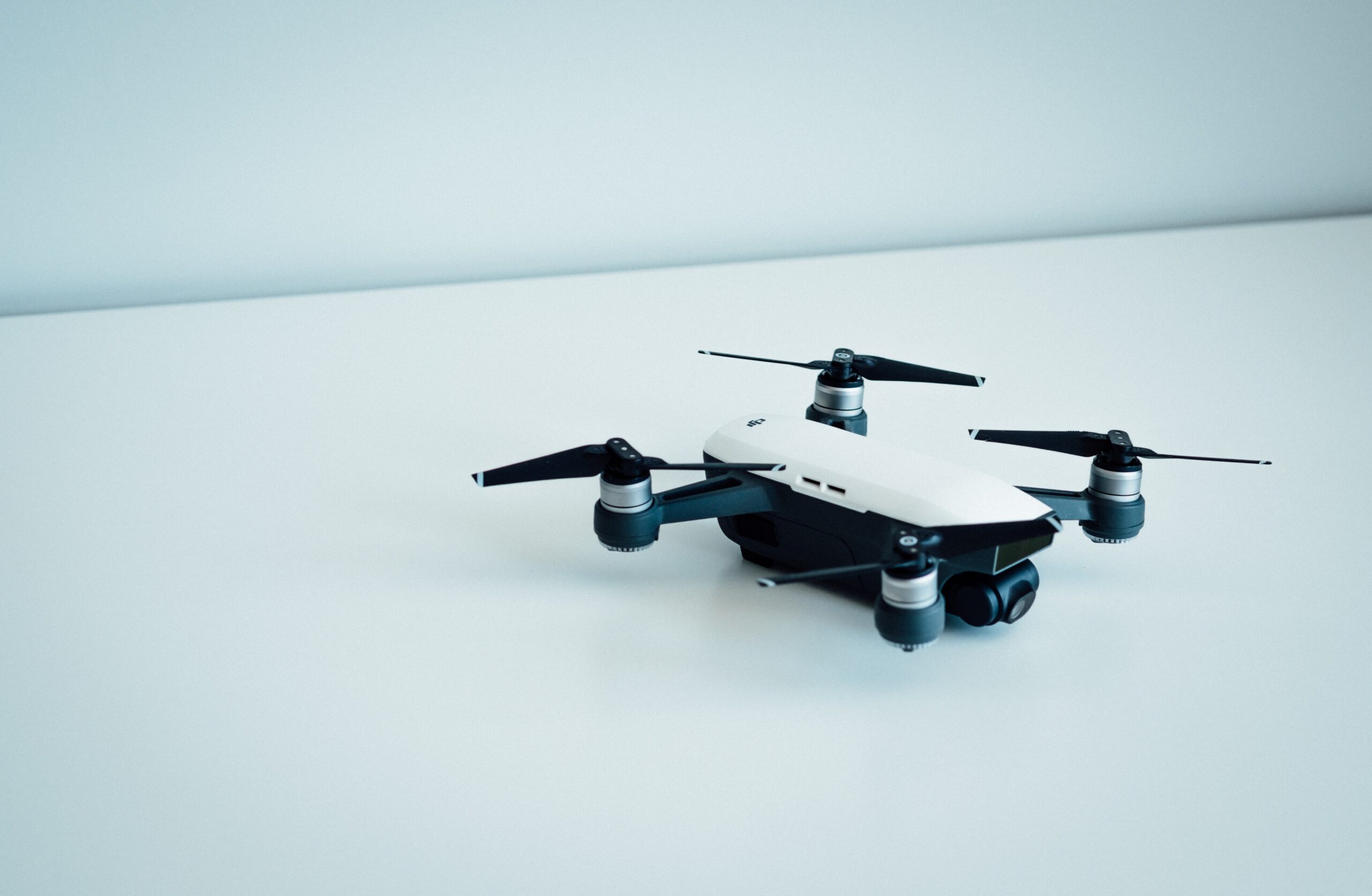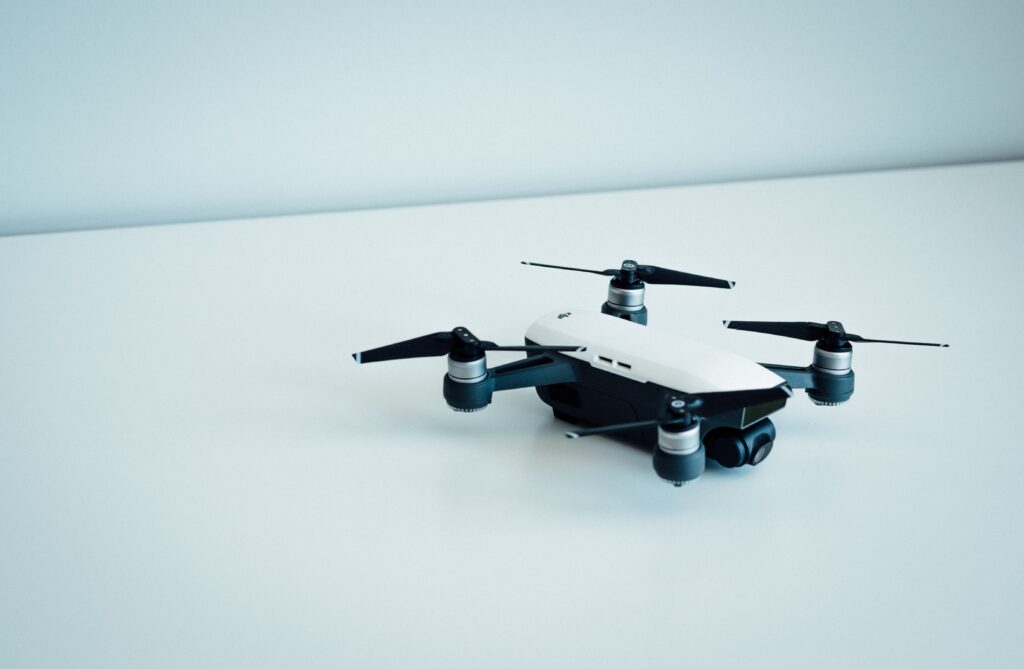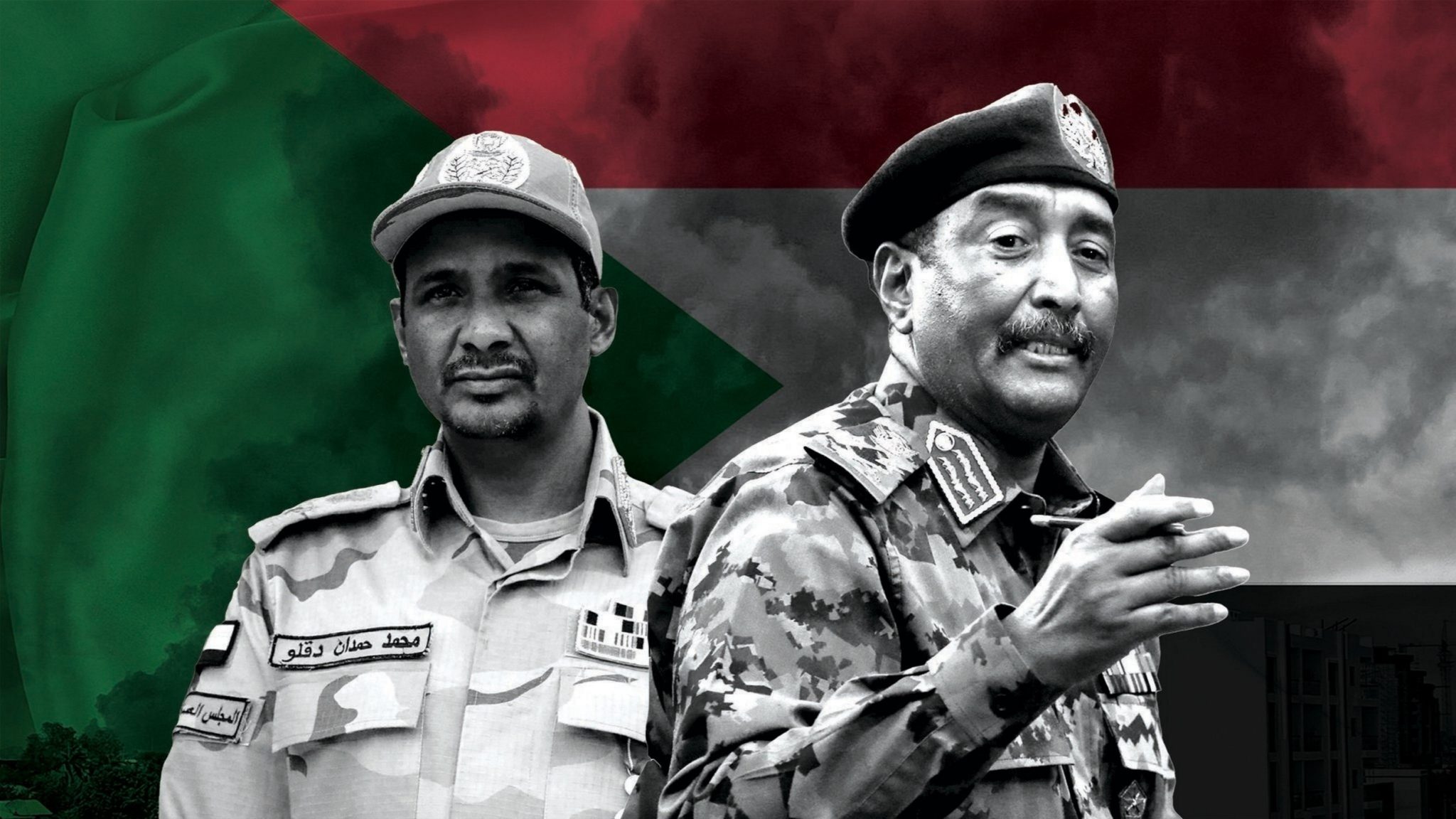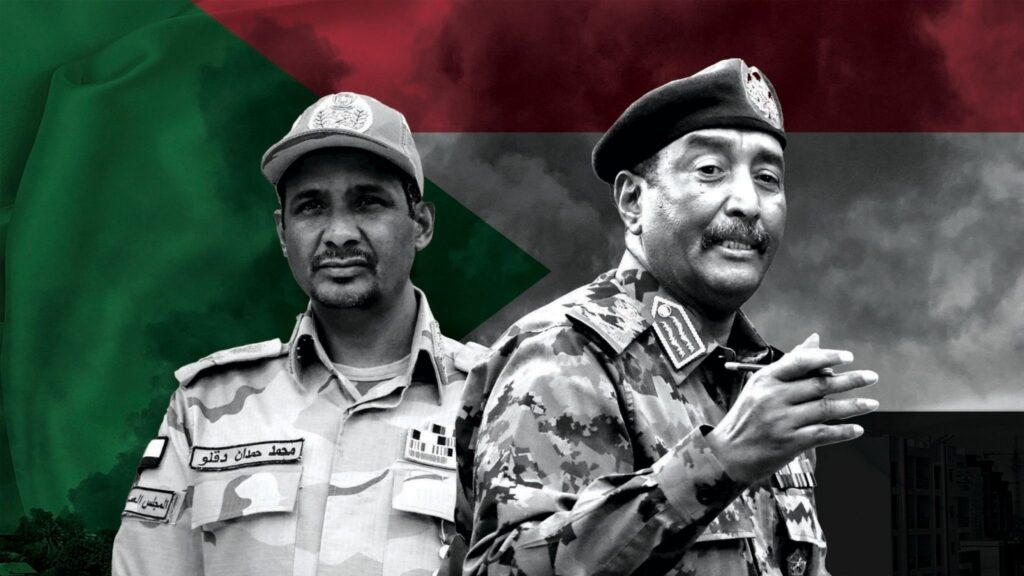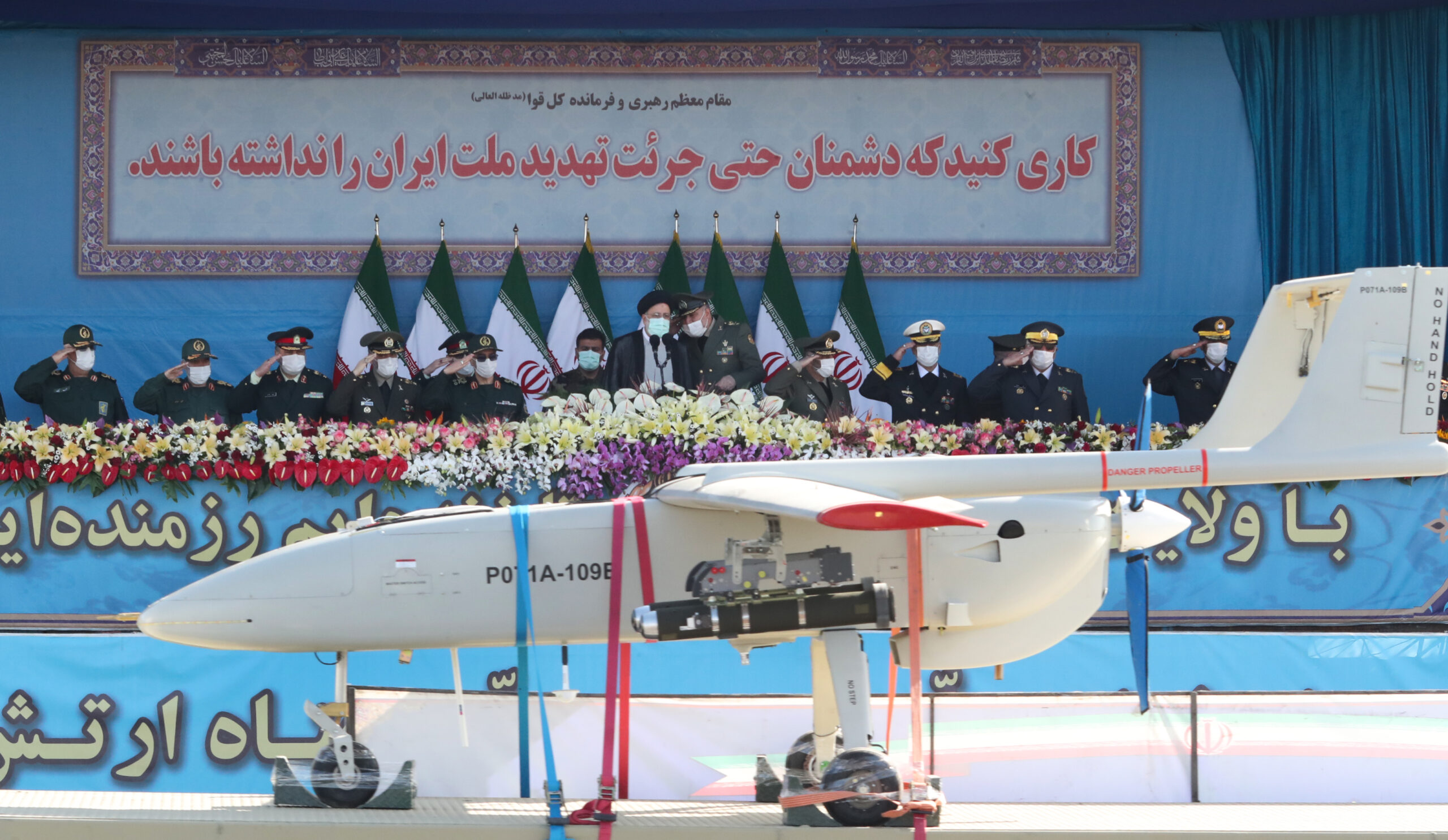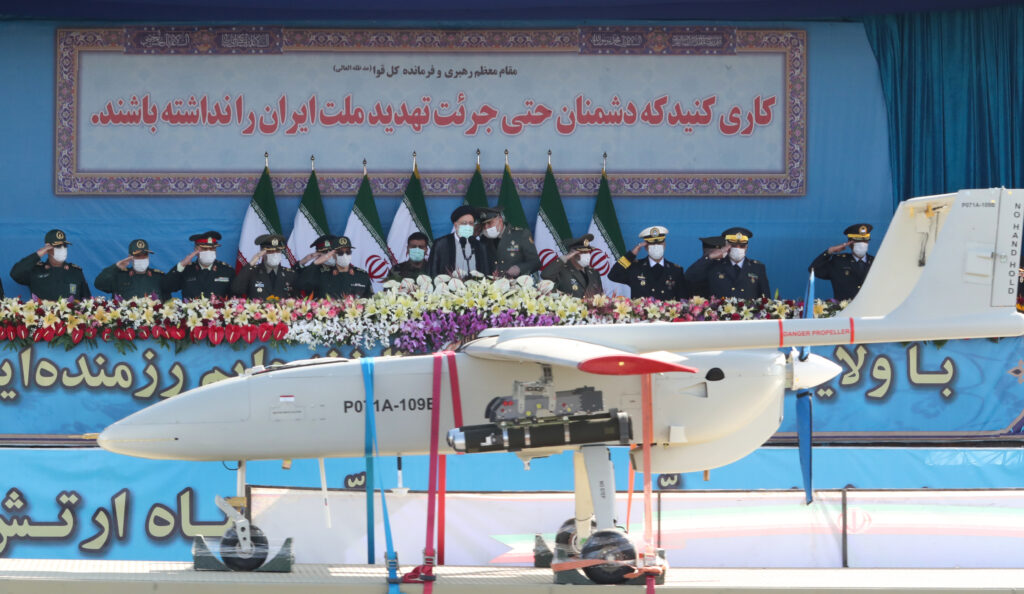Author: Omri Brinner - Middle East Team
With the beginning of its ground invasion into the Gaza Strip, Israel is at a crossroads it hoped it wouldn’t be in. It can be argued that any route Israel would take in this historic intersection would lead to regional escalation, even if only in the long-run. It is safe to assume, then, that even if there is no immediate backlash to the Israeli ground invasion, another front, sooner or later, will follow.
The most popular Israeli approach in responding to the October 7 Hamas attack is that the IDF’s infantry and armored brigades would invade the Gaza Strip, backed by heavy artillery, actionable intelligence, and preceded by intense aerial bombardment (as is happening). Israel, it has been argued, must respond forcefully, or else it would project to its enemies that it would refrain from war at all costs.
The ground invasion itself is meant to root out Hamas from the Gaza Strip and to disable its military capabilities. The other objective is the release of the 239 Israeli and foreign hostages, most of whom are civilians. Ideally – from Israel's point of view – the IDF would achieve its goals in the Gaza Strip without having to fight on another front simultaneously, as its capabilities in fighting multiple fronts at the same time are limited, and such a scenario will necessitate Israel to change its objectives. However, this is the least likely scenario. Total victory against Hamas is not guaranteed – and even unlikely within the limits of military power – and the ground operation can last for months. What is more likely is that Israel would embark on a limited ground incursion (due to American pressure and the possibility of another front elsewhere), achieve some tactical victories against Hamas, and will force a ceasefire on better conditions – which would lead to the release of some hostages (most likely women, children, and the elderly). However, the restrained war efforts in Gaza will surely be followed by war and terror on other fronts, and possibly simultaneously.
One ongoing front is in the West Bank and East Jerusalem, where Hamas, armed militias, and lone-wolf terrorists take arms against Israeli civilians and security personnel. At the time of the Hamas attack on October 7, most of the IDF was stationed in the West Bank, demonstrating its symbolic and strategic importance to Israel. The latter would have to react forcefully to any significant development there. It is in Hamas’ interest to start a new intifada in the West Bank, and possibly in Israeli cities, in order to destabilize and weaken Israel.
The other ongoing front, where Israel might face a full-scale war, is from the north. Hezbollah, with its arsenal of 150,000 projectiles (of close, medium, and long range) and army of approximately 100,000 soldiers, most of whom are well-trained and with some battle experience, pose a strategic threat – even bigger than the one Hamas poses.
Thus far, Hezbollah – which is backed by Iran and serves as its most strategic proxy in the region – has been reacting to Israel’s limited ground invasion, albeit with restraint. While Hezbollah needs to show it is committed to the Palestinian cause, it aims to avoid an all-out war with Israel.
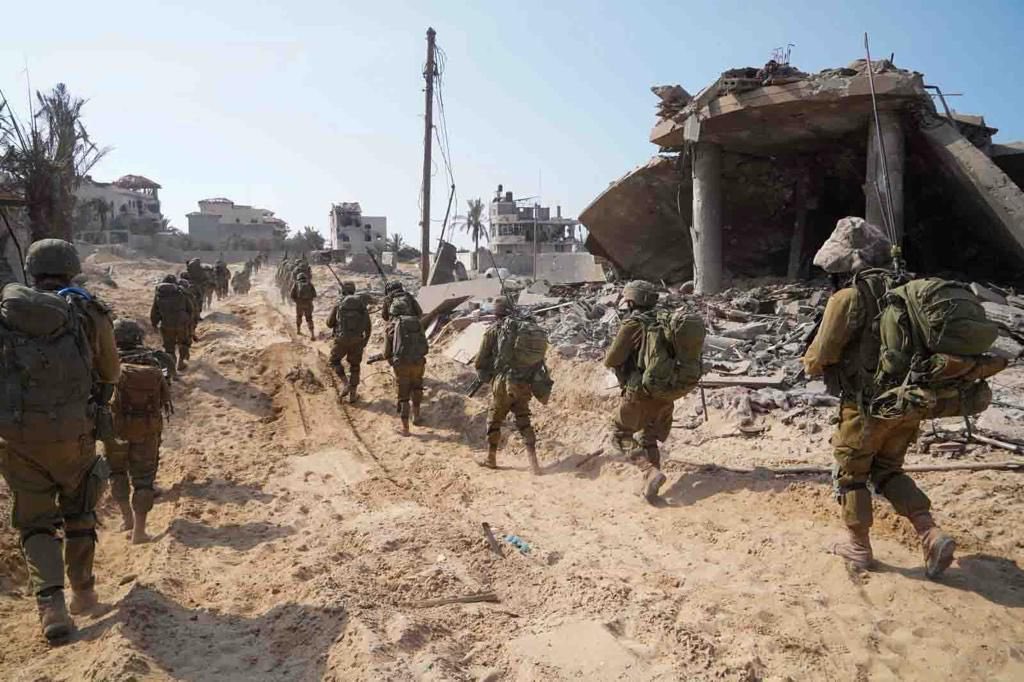
According to Israeli calculation, an all-out war is not fully in Hezbollah’s interests, nor is it in Iran’s. According to this theory, both Iran and Hezbollah would rather open an all-out war with Israel only once Iran guarantees applicable nuclear military capabilities, which, in the long run, seems inevitable. This means that from Israel’s point of view – and contrary to the best-case scenario described above – it would be better for Israel to engage with Hezbollah and Iran before the latter becomes a nuclear power.
Israel, then, might choose to attack Hezbollah and either drag it into the war – and by so eliminating the surprise element of Hezbollah’s reaction – or, if Hezbollah chooses not to retaliate, to reestablish its deterrence up north. While it may seem like an act of self harm, the Israeli public would view a Hezbollah surprise attack as another failure of the government, IDF, Shin Bet and Mossad. In a way, then, these institutions hope to project to the public that Israel is on the front foot, and that if a war with Hezbollah and Iran is inevitable in the long run, then better now than later. It is important to note that while Israel calculates that the two Shia powers would rather avoid an all-out war prior to Iran’s nuclearization, Israel’s working assumption that Hamas was deterred and would have opted to avoid an armed conflict fell apart with the October 7 attack. Therefore, there are no guarantees that any theory that existed before the attack is still relevant.
Would Iran and Hezbollah wait peacefully for an Israeli strike, or for it to finish its fighting in Gaza? Unlikely. From their point of view, Iran and Hezbollah are happy to let Israel keep guessing whether they would join the war or not. From Israel’s standpoint, it cannot afford to be surprised again. While it is less likely that there would be a ground invasion from the north following the one from the Gaza Strip on October 7, an extensive missile attack on central Israel would be just as bad.
But initiating war with Hezbollah – and Iran – would force the US into the conflict, as it would be extremely challenging – on the verge of impossible – for Israel to conduct an all-out war with Hamas, Hezbollah, and Iran simultaneously. At the same time, if US forces end up fighting alongside Israel, then it is likely that other Iranian allies would occupy the US forces elsewhere in the region (such as in Yemen, Iraq, and Syria). While a recent poll shows that the vast majority of Americans are against US military involvement in the Middle East, the US would feel it has to protect its allies and interests in the region.
It seems, then, that the region is ahead of a long period – whether months or years – of an armed conflict.
